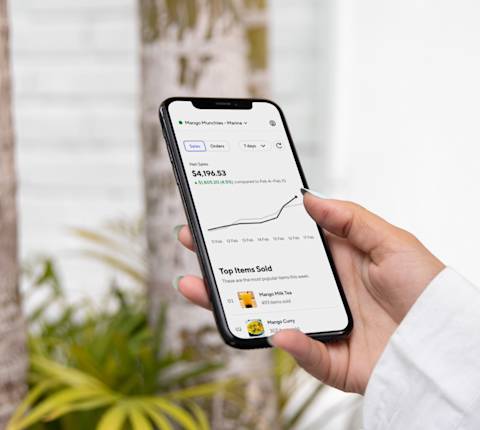This article walks you through how to manage your tax invoices, understand their issuance, what taxes and fees are charged by DoorDash, and how to read your invoices when you receive them.
What is a tax invoice?
Each month, DoorDash issues you a tax invoice in PDF format. The tax invoice details the fees that DoorDash charged to you, as well as the taxes that applied to those fees. The tax invoice includes information such as DoorDash's legal name, DoorDash’s tax registration number, your legal name, and the fees and taxes charged to you in the prior calendar month.
When will my tax invoice be available?
Your tax invoice for a given month will be available on the Merchant Portal within 10 calendar days of the start of the following month. For businesses without access to the Merchant Portal, your tax invoice will be emailed to you within 10 calendar days of the start of the following month. If you were not charged any fees for the month, DoorDash will not issue a tax invoice.
What period will the tax invoice cover?
The tax invoice will cover the prior calendar month.
How do I access my tax invoices?
Most merchants can access their tax invoices on the Merchant Portal.
Log in to the Merchant Portal.
Select Financials on the left-side panel.
Select Statements.
Select Tax Invoices.
Once a tax invoice is available, it will continue to be available for download at any time. For help logging in to the Merchant Portal, head over to How to Log In to the Merchant Portal.
If a merchant’s tax invoice is not available on the Merchant Portal, the tax invoice will be emailed to the merchant.
Who has access to tax invoices on the Merchant Portal?
Only users with Admin or Manager access levels can access the tax invoices. Access levels can be modified by completing the following steps. To learn how to edit access, head over to How to Log In to the Merchant Portal.
How are the amounts on the tax invoices calculated?
The amounts on the tax invoice are based on the fees and taxes that DoorDash charged to you during the calendar month. You can reconcile these amounts by downloading a Transactions report on the Merchant Portal. For information on how to access the Transactions report, please refer to this Help Article. If you believe the numbers are incorrect, please contact Merchant Support.
Please note that the tax invoice does not include any subtotal or subtotal tax amounts. The tax invoice only captures fees and taxes charged by DoorDash to you.
Do I need to pay the tax invoice?
If you're on payout withholding, the fees and taxes are automatically withheld from your regular payout, so you do not need to make a separate payment to settle the tax invoice. If you’re on separate invoicing, please refer to the separate payment invoice sent to you for amounts due and payment instructions. If you have questions about your payment invoice, please contact ar@doordash.com.
Does DoorDash issue tax invoices to US merchants?
No. The tax rules in the US do not require DoorDash to issue a tax invoice to merchants in the US. For information about the fees and taxes that DoorDash charges to merchants in the US, please refer to the Transactions reports, Payouts reports, and monthly statements on the Merchant Portal. For information on how to access these reports, please refer to this Help Article.
Still have questions?
For questions related to all products other than Drive On-Demand, please submit a help ticket on the Merchant Portal. For questions related to Drive On-Demand tax invoices, please contact ar@doordash.com.
Our tax invoice system offers a transparent and accessible way for you to review charges and taxes from the previous month, either through the Merchant Portal or via email.
Still have questions? Check out How to Update the Tax Rates of Your Menu Items and Store, How to Update My Restaurant’s Tax Information, or contact DoorDash Merchant Support.




